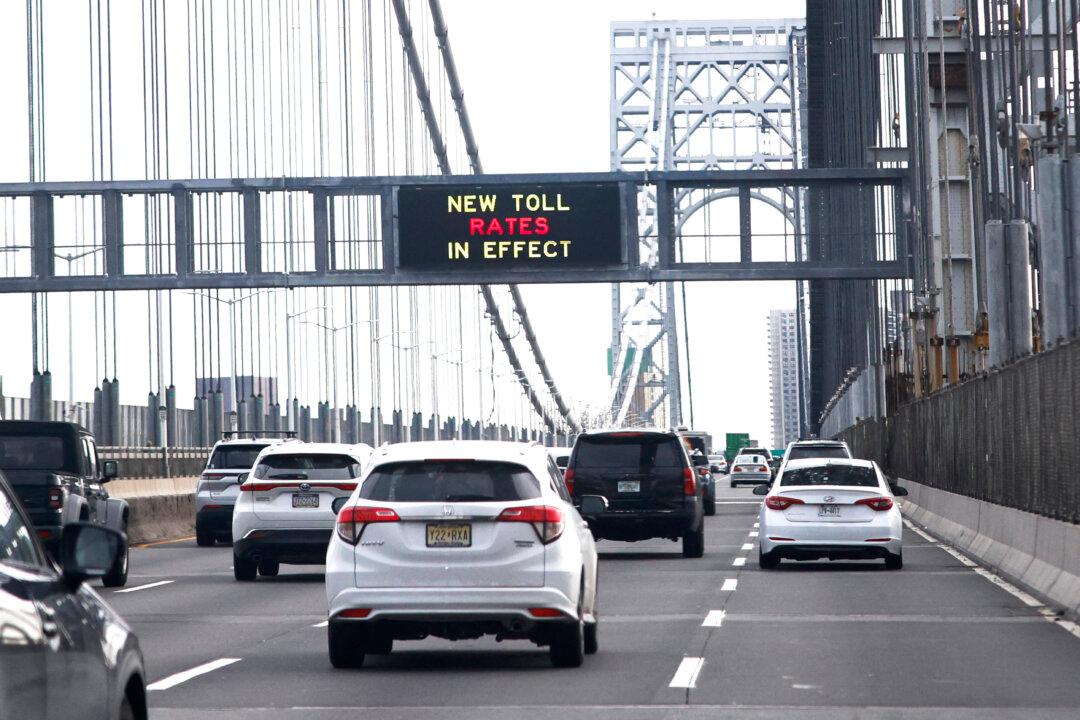NEW YORK–Sam Bankman-Fried’s testimony in a Manhattan courtroom on Monday took a markedly different turn from his statements last week, which dwelt largely on insubstantial topics and avoided the deadly serious criminal charges for which the FTX founder is on trial.
Mr. Bankman-Fried looked nervous and shifty-eyed during questioning, and his trimmed hair and somber suit contrasted dramatically with the raffish appearance he came to be known for as CEO of the failed exchange. He described many failures on the part of members of his inner circle.





